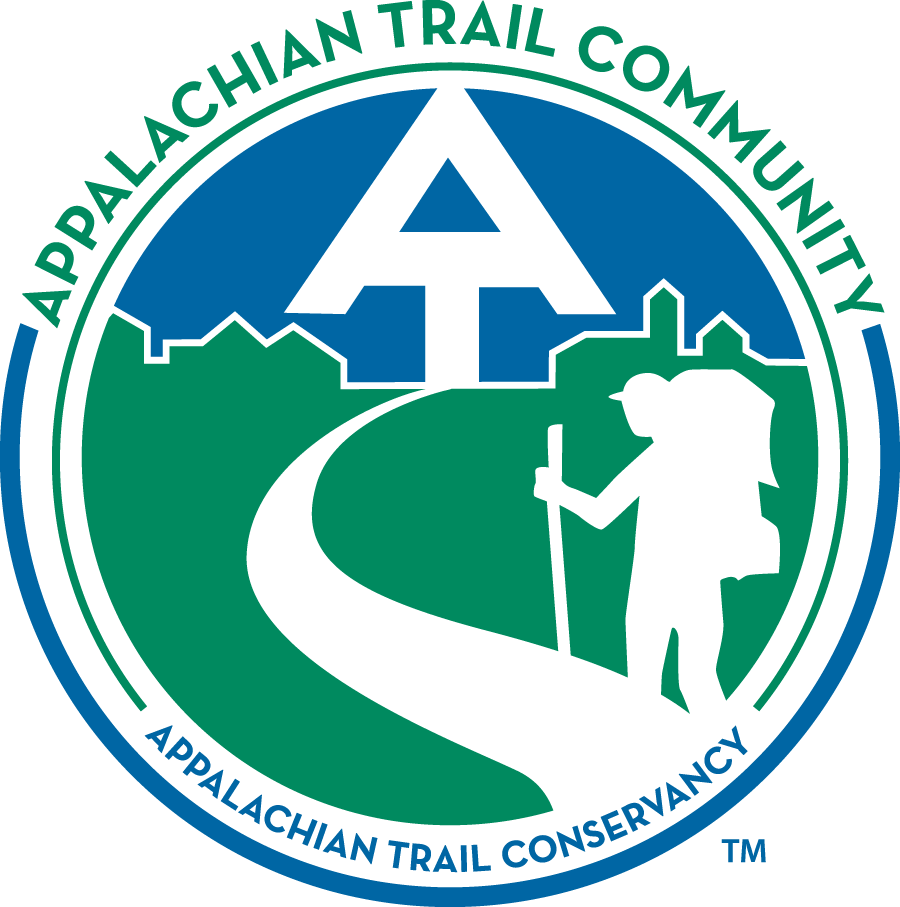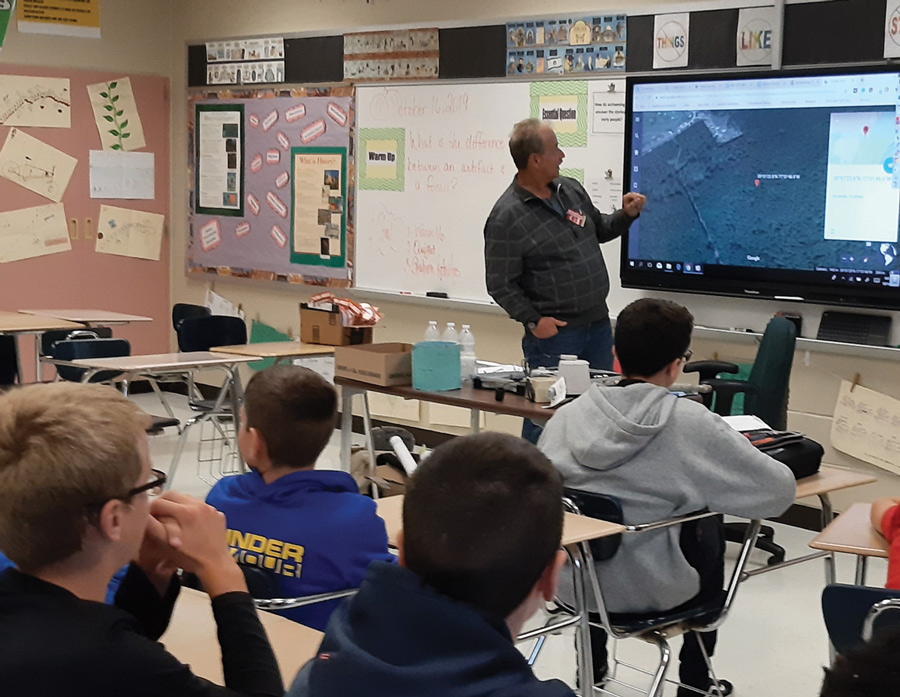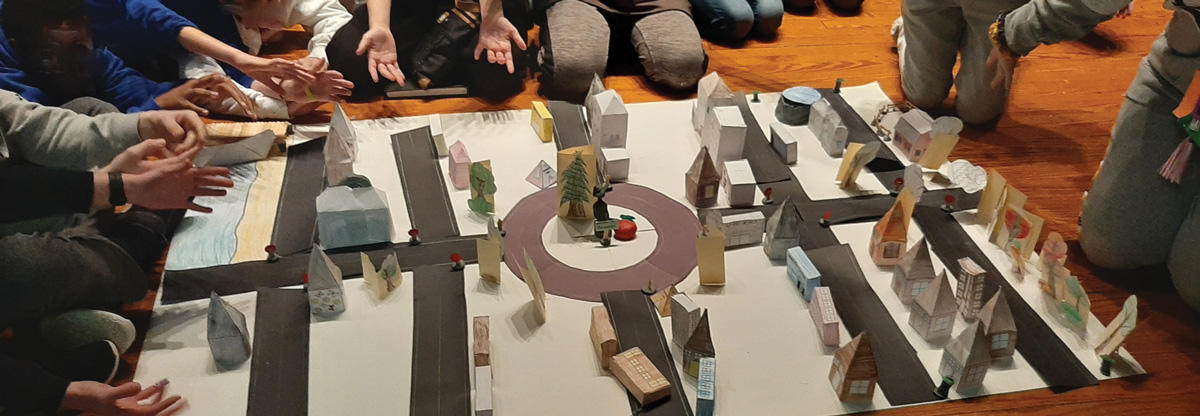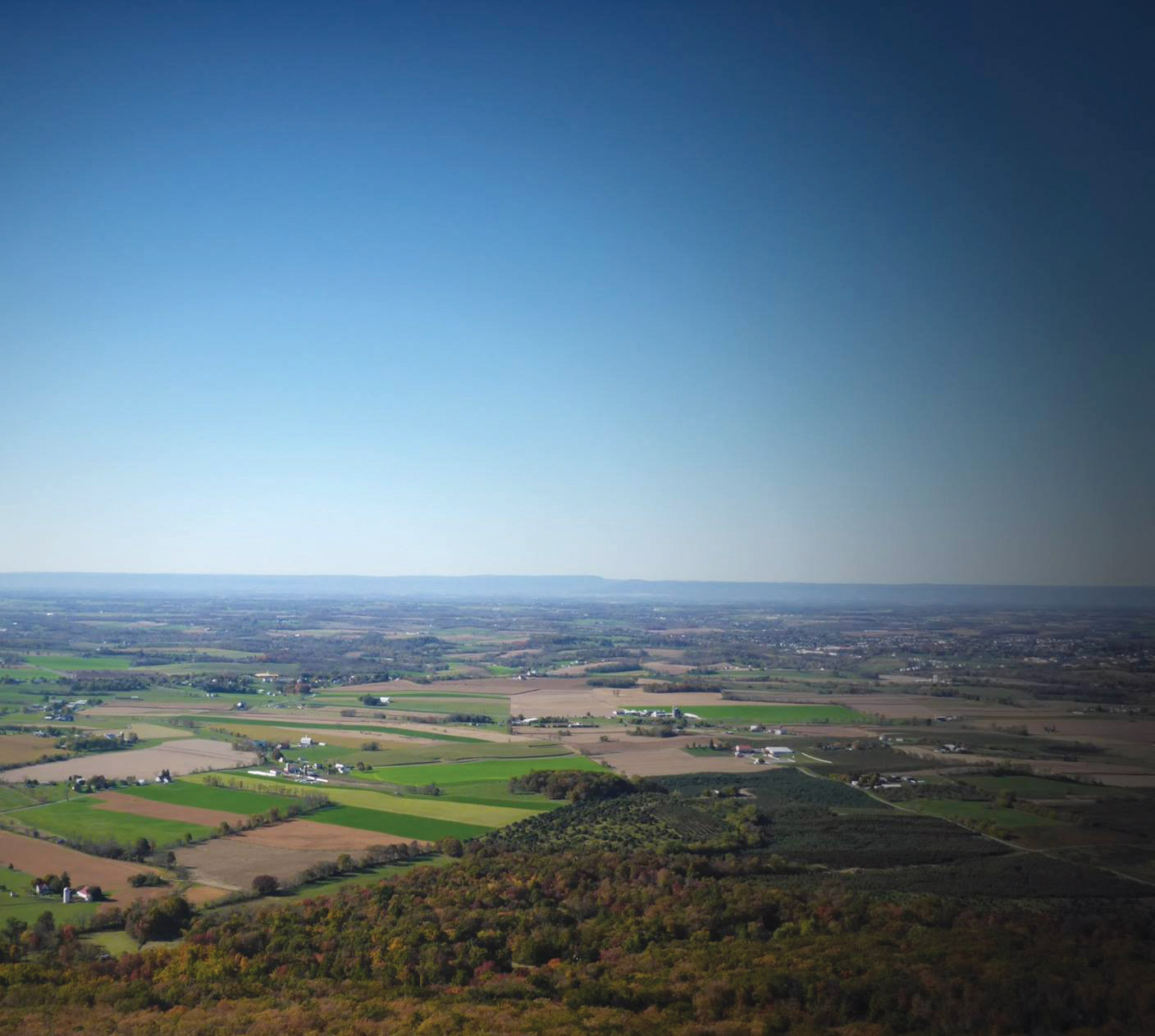
Pennsylvania
Pennsylvania
Students learn the importance of the environment and green spaces surrounding their community.
Text and photos by
Tawnya Finney

I am a seventh-grade Social Studies teacher at Waynesboro Area Middle School. In 2008, I had the opportunity to take part in the Appalachian Trail Conservancy’s Trail To Every Classroom (TTEC) course. The broad concept behind Trail To Every Classroom is place-based, service learning. I consider it to be one of the most valuable professional development courses that I’ve taken over the past 20-plus years. It empowered me to educate our younger generations about this valuable resource called the Appalachian Trail. My experiences with TTEC, as well as training from National Geographic and the Chesapeake Bay Foundation helped me develop an elective called “Town.” Through “Town,” students became immersed in how decisions are made locally and demonstrated how they are important advocates of the environment and green spaces that are assets to our community.
Prior to actually building our town, students conducted inquiry-based research around the subject of water resources. They focused on the effects of various activities on our watershed and methods to protect it. Students also interacted with guest speakers who helped explain infrastructure, water resources, zoning, town council responsibilities, and marketing. They practiced writing campaign speeches and voting for our mayor and town council. All decisions about our town were made through public comment and town council meetings. Once votes were cast about our town location and our town name, construction began.

The class also takes a deep dive into the inner workings of a town. Students gained an understanding that there is a great deal of planning, collaborating, negotiating, and forethought that goes into designing and maintaining a town. “Our environment plays a huge role in how our town functions and is built,” says one student. Another student noted that they “learned about zoning and about how to place buildings in the right area.” The class allowed students to explore their own community and to interact with community leaders, which informed the shape and substance of Maineport. This gave them first-hand experience on how towns lay on the landscape. They also focused on the idea that environmentally forward-thinking strategies can be implemented by towns to reduce their impact on resources, such as incorporating green space. They were able to gain an understanding of the importance and function of towns as commercial and cultural centers and were able to identify physical and cultural characteristics that make a town unique.
The ATC’s Education Workshop program sparked an idea to develop a meaningful elective unit for students to investigate their surrounding landscape and region and to analyze the various perspectives that influence town decisions. Through this process, students learned what makes their own community special. Just as the people in their mock town of Maineport benefit from the beauty and resources of their coastline, the citizens of Waynesboro benefit from their proximity to the A.T. — and they have the power to help protect it. My students gained a sense of space and place, and will, hopefully, remember the lessons that the education workshop generated as they become contributing citizens in towns throughout the Appalachian region and beyond.
Students learn the importance of the environment and green spaces surrounding their community.
Text and photos by
Tawnya Finney


I am a seventh-grade Social Studies teacher at Waynesboro Area Middle School. In 2008, I had the opportunity to take part in the Appalachian Trail Conservancy’s Trail To Every Classroom (TTEC) course. The broad concept behind Trail To Every Classroom is place-based, service learning. I consider it to be one of the most valuable professional development courses that I’ve taken over the past 20-plus years. It empowered me to educate our younger generations about this valuable resource called the Appalachian Trail. My experiences with TTEC, as well as training from National Geographic and the Chesapeake Bay Foundation helped me develop an elective called “Town.” Through “Town,” students became immersed in how decisions are made locally and demonstrated how they are important advocates of the environment and green spaces that are assets to our community.
We have been busy exploring this concept of the physical and cultural characteristics that define a town in depth. Our goal was to explore our local town through cultural, political, economic, and ecological perspectives and then create our own town using those perspectives. The culminating project was to build a town and name it. Students became town planners and tackled the large questions of resources, waste, recreation, housing, and management. They assumed roles within our town: mayor, town council, business owners, law enforcement, homeowners, recreational planners, and environmentalists.
Prior to actually building our town, students conducted inquiry-based research around the subject of water resources. They focused on the effects of various activities on our watershed and methods to protect it. Students also interacted with guest speakers who helped explain infrastructure, water resources, zoning, town council responsibilities, and marketing. They practiced writing campaign speeches and voting for our mayor and town council. All decisions about our town were made through public comment and town council meetings. Once votes were cast about our town location and our town name, construction began.

The class also takes a deep dive into the inner workings of a town. Students gained an understanding that there is a great deal of planning, collaborating, negotiating, and forethought that goes into designing and maintaining a town. “Our environment plays a huge role in how our town functions and is built,” says one student. Another student noted that they “learned about zoning and about how to place buildings in the right area.” The class allowed students to explore their own community and to interact with community leaders, which informed the shape and substance of Maineport. This gave them first-hand experience on how towns lay on the landscape. They also focused on the idea that environmentally forward-thinking strategies can be implemented by towns to reduce their impact on resources, such as incorporating green space. They were able to gain an understanding of the importance and function of towns as commercial and cultural centers and were able to identify physical and cultural characteristics that make a town unique.
The ATC’s Education Workshop program sparked an idea to develop a meaningful elective unit for students to investigate their surrounding landscape and region and to analyze the various perspectives that influence town decisions. Through this process, students learned what makes their own community special. Just as the people in their mock town of Maineport benefit from the beauty and resources of their coastline, the citizens of Waynesboro benefit from their proximity to the A.T. — and they have the power to help protect it. My students gained a sense of space and place, and will, hopefully, remember the lessons that the education workshop generated as they become contributing citizens in towns throughout the Appalachian region and beyond.